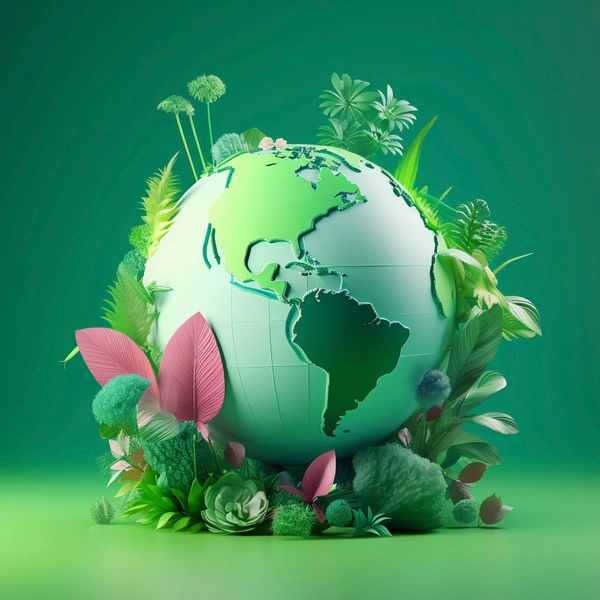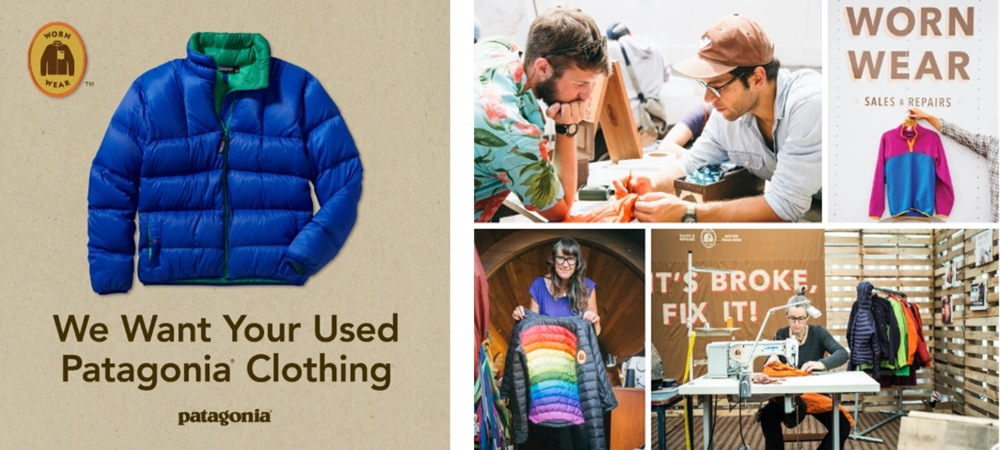Lifecycle Legends: Mastering Product Durability in Sustainable Supply Chains

Knowledge
- Basic theoretical knowledge of environmental product development.
- Basic theoretical knowledge of how a sustainable business model works.
- Knowledge of the structure of the Business Model Canvas.
- Basic theoretical knowledge on the possibility of extending the product life cycle.
Skills
- Recognize the environmental potential of product development.
- Outline the main elements of a circular business model that are essential for environmentally conscious product development.
- Be able to critically examine environmentally responsible production and identify the barriers that may hinder the operation of an environmentally responsible business model.
Responsibility & Autonomy
- Developing our own understanding of sustainable product development and product life extension
- In unexpected decision situations, independently think through and develop comprehensive, grounded sustainable supply chain management issues based on given resources.
- Responsibly participates in the development and justification of professional views based on the fundamentals of sustainable supply chain management.
We are facing increasing challenges in business strategies and product development, with sustainability and the environment at the heart of them. Increasing pressure from the business sector is driving companies to adopt new approaches to product development that are more environmentally friendly and sustainable.
Do you know what the biggest challenges in product development are? These include resource depletion, pollution and the need to respond to climate change.
However, alongside the challenges in the business world, there are also huge opportunities in the field of sustainable product development. Significantly increased demand for environmentally friendly products is in demand, and companies that recognise that they are focusing on the production of environmentally conscious products will gain a market advantage. Furthermore, sustainable product development can bring huge benefits not only to companies but also to society and the environment, helping to protect and preserve the earth for future generations. Accordingly, a thorough understanding of the environmental challenges of business strategies and product development, and the importance of sustainable product development, is essential for companies to operate effectively and responsibly in the global marketplace and contribute to a sustainable future for our planet.
Did you know that well-known companies are also using sustainable product development, such as:
- IKEA is modular furniture that allows you to replace and upgrade individual parts without having to throw out the whole piece. IKEA has also recently introduced a "Buy Back" programme, whereby used furniture is bought back for recycling or resale;
- Adidas “Futurecraft Loop” shoe made entirely from recyclable materials, or retailer;
- Fairphone makes modular smartphones that are easy to repair and upgrade.
The aim of this WebQuest is to demonstrate the importance of environmentally conscious product development to both economic operators and consumers. The aim is to make you, as product users, think about what you can do for your environment and for the uptake of environmentally friendly products and the extension of the life of existing products.
Get into teams and research environmentally friendly products or product life extension options that take into account the sustainability of our planet and waste reduction. Then each team should draw up a business case (model) that leads to the feasibility of the chosen example or method. Briefly present to the other teams the critical points that make implementation difficult and the activities that are essential to make the example work. Discuss together how the selected examples fit into the value chain of the circular economy model.
Go ahead and show how many good opportunities there are for environmentally sustainable product development!
Follow the steps below.
1. Get it together!
This is the easy part! At this stage, the whole class should be divided into teams of 3. Each team represents a company from a different economic sector. Once you have your team, you can proceed to the next step.
2. Get information! - Living Lab Activity
Get information on opportunities for environmentally conscious product development and product life extension Explore the building blocks of a sustainable supply chain: eco-design, green procurement, sustainable manufacturing, efficient logistics, green packaging, waste management and recycling, sustainable operations and maintenance, and social responsibility. All teams should collectively look at the online resources on the topic "The role of product life cycle and durability in sustainable supply chain management" provided in this WebQuest and research the topic further, if necessary.
For the selected company, examine what product-life extension strategy it is using. Try to arrange a real interview with company employees, for instance someone responsible for product development. Ask them how they ensure green procurement, what eco design practices they have, how they ensure the sustainability of their operations. This information from real business will help you design your sustainable business model in the next steps of the process.
Get information on the possibilities for environmentally conscious product development and product life.
3. Test it!
Investigate what steps are needed to implement your chosen example. What building blocks (milestones) are needed to make your example viable. What resources are needed to make your green business model a reality. Try to answer the following simple questions:
- Who do I create value for?
- What do I create?
- How do you create value?
4. Draw it!
Draw the critical elements of the business model that are essential to its operation. Use the one-page outline of the "Business Model Canvas". You will find useful links to the model structure and the relationship between the 9 elements. Try to answer the following questions:
- Who is your target group, who are you selling to? (Customer)
- What marketing channel will we use? (Channel)
- How will we make money from it? (Revenue)
- OK, who will do this? (Resource)
- How much will it cost? (Cost)
- What partners will we need to use if we can't do it in-house? (Partners)
This model will help you design products that are implemented in the spirit of a sustainable supply chain.
5. Point it out!
In your business model, point out the obstacles that hinder its implementation and how these obstacles can be removed.
6. Demonstrate!
Briefly present your chosen example to the class, using the elements of the one-page Business Model Canvas (customer, channel, revenue, resource, cost, partners) as a guide.
7. Rank them!
Together, rank the examples presented according to the difficulty of implementation, starting with the easiest and moving towards the more difficult to implement. Discuss together how the existing models can be improved and made more efficient.
SUSTAINABLE SUPPLY CHAIN MANAGEMENT:
- (video_1): Supply Chain Management In 6 Minutes | What Is Supply Chain Management? | Simplilearn
- (video_2): What Is Supply Chain Sustainability?
- (video_3): Product Life Cycle Explained | Apple iPhone & Coca Cola Examples
- (scientific article_1): (PDF) Aligning green supply chain management with product types
- (web_1): What is a Product Life Cycle? (Definition, Stages and Examples) TWI
BUSINESS MODEL CANVAS:
- (video_1): Business Model Canvas Explained
- (video_2): Business Model Canvas A Guide for Beginners
- (web_1): Business Model Canvas Wikipedia
- (web_2): Business Model Canvas: Explained with Examples | Creately
BEST PRACTICES
- (case study_1): Kuradashi – Food loss and waste reduction | Circular X
- (case study_2): John Lewis Partnership Circular economy and regeneration
- (case study_3): Beni Secondhand shopping browser extension | Circular X
Choose durable quality and make your environment greener!
Sustainable product development and product life extension offer significant benefits for both companies and the environment. This approach allows products to be used for longer, reducing the need to manufacture new products. In addition, the use of environmentally friendly technologies can be promoted, which contributes to reducing greenhouse gas emissions. Extending the life of a product provides an opportunity to reduce waste and increase the practice of recycling and reprocessing of products. It helps companies to operate in a more sustainable and environmentally conscious way, while increasing their competitiveness in the market.
Patagonia - Worn Wear Program
"Worn Wear Patagonia" is a product life extension Centre, "because the best thing we can do for the planet is to reduce consumption and make better use of the clothes we already own. Patagonia has sold an estimated 120,000 recycled products to date. Some estimates suggest that buying used clothes instead of new can reduce an individual's clothing carbon footprint by up to 60%. In addition, a 10% increase in sales of second-hand items can reduce carbon emissions per ton of clothing by 3% and water use by 4% by extending the life of clothing by 50%.
Links:
Patagonia - Worn Wear Program
Patagonia Worn Wear Tour Comes to Europe

